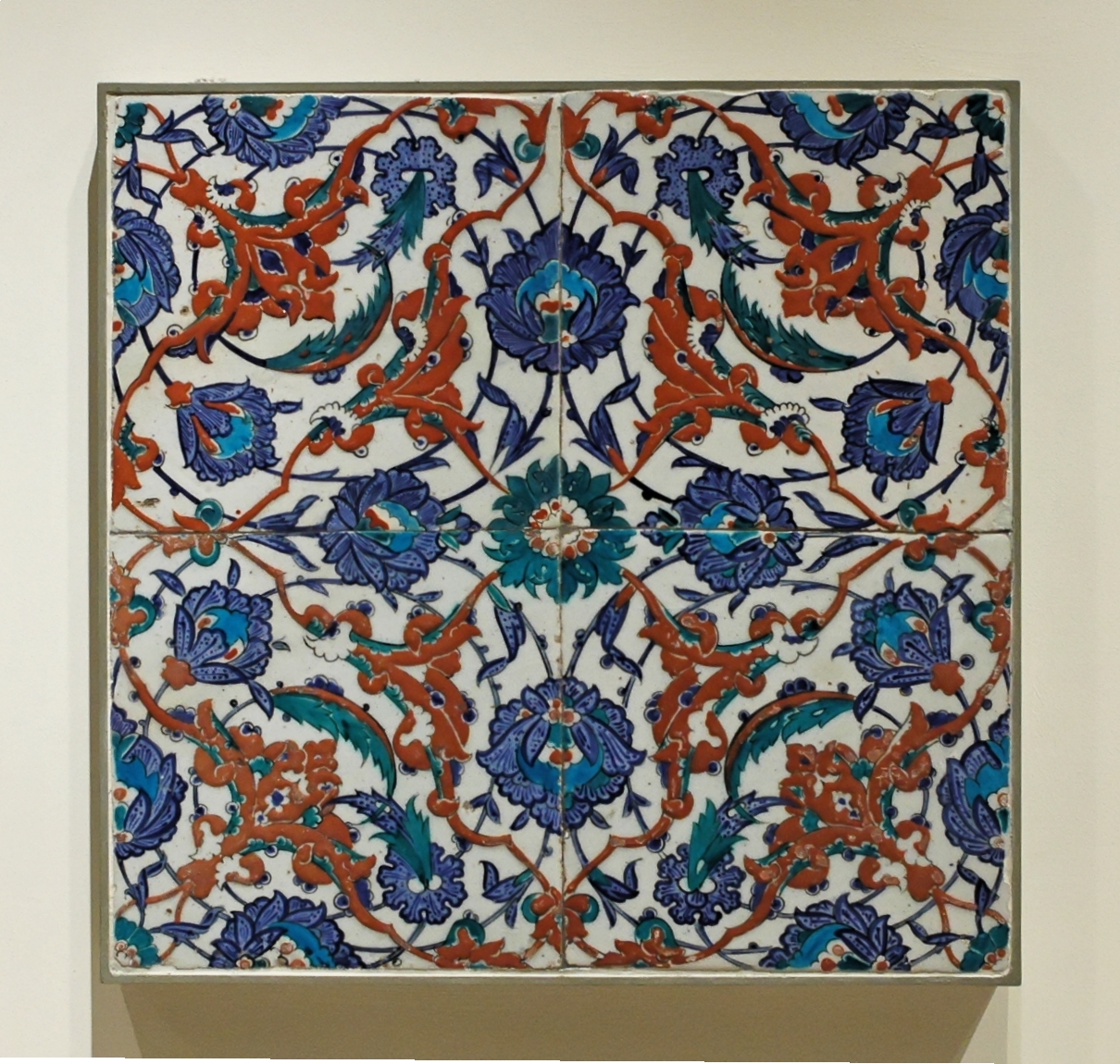http://www.popsugar.com/Photos-Lady-Gaga-Grammys-7234651?page=0,0,0
I know it's not traditionally considered art, but fashion is now in museums on display as art. Lady Gaga is basically a walking work of art. The artist of the dress is actually the couture designer, Giorgio Armani.
When I saw her dress the first thing I noticed was the use of line, which includes not only the obvious 'hoops' on her dress but also her star. This is 3d art, much like a sculpture, and designed to go on the human body.
The lines in her dress are gestural, and interconnected as they go from the top of her body and down, and draw your eye both ways. The color is light and frivolous, the lines are energetic and unbalanced - they are mostly horizontal. on the star, they are both horizontal and vertical, and are very stable and straight as well as symmetrical whereas the dress is asymmetrical. The dress gives a feeling of being weightless and yet structured.
---
In more traditional art, this piece is photography line art:
http://www.metmuseum.org/works_of_art/collection_database/photographs/utility_lines_johan_hagemeyer/objectview_enlarge.aspx?page=522&sort=0&sortdir=asc&keyword=&fp=1&dd1=19&dd2=0&vw=1&collID=19&OID=190017384&vT=1

In this print, the feeling is of rigid confinement and structure, which defines the industrial revolution. The utility pole is coming inward and your eye is drawn from the bottom to the top, then to the left with the thinner lines. They are contoured lines and some cross-hatching occurs with the other pole's lines intersecting, to create diamond and triangular shapes - a lot of geometric shapes are in this piece. The utility pole looms over the building (?) which is stifled and almost shrinking to the pole. The message or feeling is that this sort of technology is strong, and is gaining power or on the rise. In the description it says it is telephone wires. The advent of the telephone increased the ability for communication across large distances. These wires span the horizon and stretch beyond the frame of the print to give an illusion of continuity.
[I wasn't sure if the dress was considered art so I placed both items in this post].
.jpg)
















































